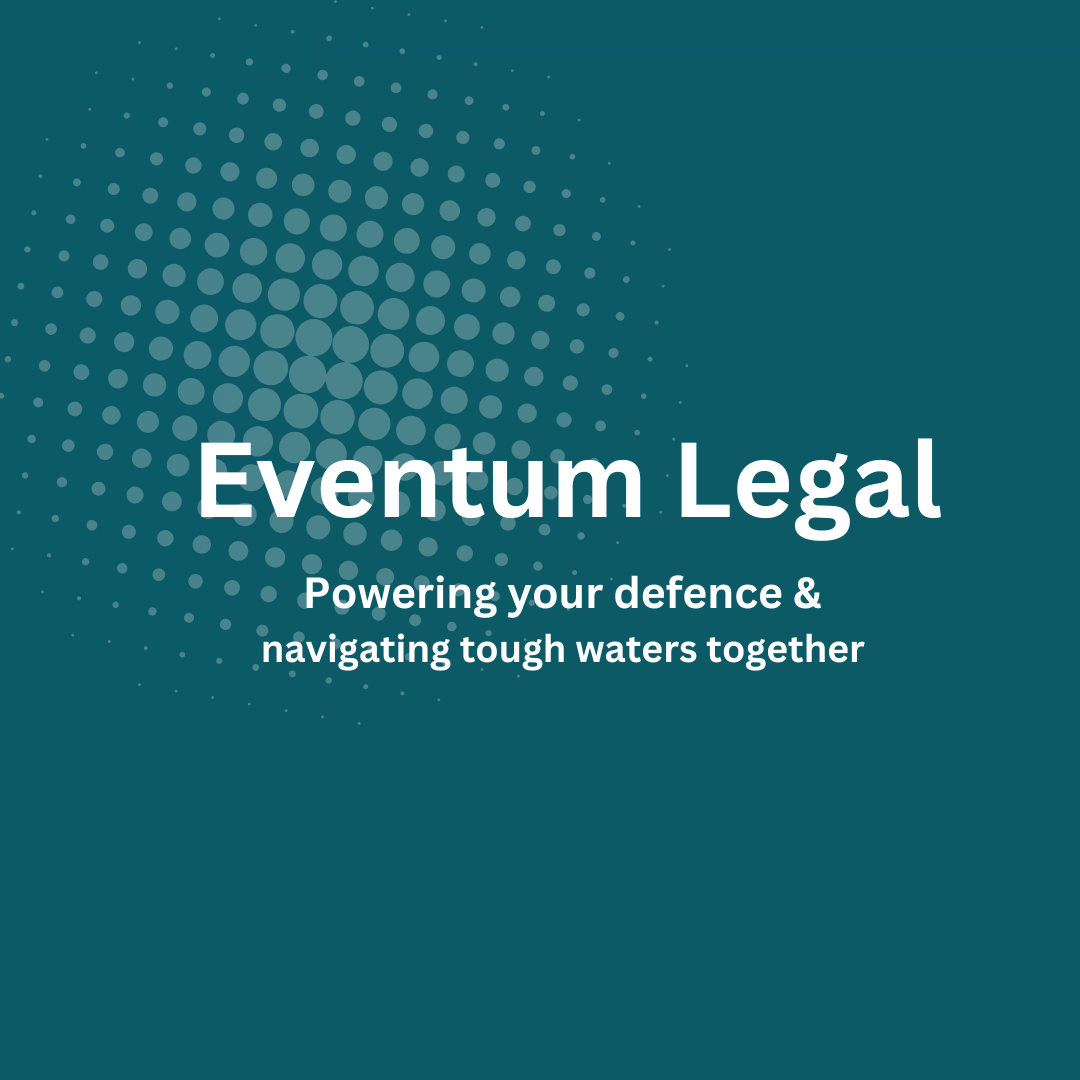The Difference Between Indecent Images and Prohibited Images
If you are under investigation for indecent image offences, or you have been charged with an offence the first step to understand exactly what the allegations are, the laws that apply and the types of images which are alleged to be indecent.
In today's digital world the internet opens up endless opportunities for its user, both lawful and unlawful. Advances in technology is offering indecent images of children in various forms some of which involve real abuse images, computer generated images which look very real, and images which are not at all real which can be drawings, painting and even traces. Whether indecent images be photographs, computer generated images, created by the use of AI or even drawn, it is important to know where you stand and how you could possibly defend your case.
What Is An Indecent Image?
An indecent image is an image which depicts a child under the age of 18 in a sexually explicit way, videos which also contain this imagery will be referred to as moving images or videos.
There are three categories of indecent images; A, B and C. A is the most serious category and involves image or videos displaying penetrative sexual activity with a child. The image does not have to be of an adult and a child it can be two children.
A category B image/video depicts other sexual activity but not penetrative sex.
Category C images/videos are those which may show a child in a sexual pose wearing little or no underwear.
An objective test is applied when considering whether or not an image is indecent, various factors will be considered such as the age of the child and the content of the image or video.
What Offences Could I Be Charged With If Indecent Images Are Found On My Devices?
There are three main offences which relate to the presence of indecent images on a persons device:
Offence 1: Possession of indecent images of children contrary to section 160 of the Criminal Justice Act 1988.
What the prosecution must prove: Possession is not defined by legislation, instead the law applies the definition provided for in the case of R v Okoro (No. 3) [2018] EWCA Crim 1929: the prosecution must prove that the images are within the accused’s custody or control such that they were capable of accessing them and they must know that they possess the images. The accused need not know that the photographs were indecent.
Offence 2: Making an indecent image of a child contrary to section 1(1)(a) of the Protection of Children Act 1978.
What the prosecution must prove: Making an image refers to bringing the image into ones possession, there is wife interpretation as to how this can be done, including;

- opening an attachment to an email containing an image
- downloading an image from a website onto a computer screen
- storing an image in a directory on a computer
- accessing a pornographic website in which indecent images appeared by way of automatic “pop-up” mechanism
- receiving an image via social media, even if unsolicited and even if part of a group
- live-streaming images of children
Making is often the preferred charge in cases as when a device is seized, it may be the case that an image is stored in such a way that it is not possible to say that the suspect possessed it, because it is not accessible to them. Even if it is not accessible, however, the evidence may show that they had knowingly “made” the image.
Offence 3: Distribution of indecent images contrary to section 1(1)(b) of the Protection of Children Act 1978.
What the prosecution must prove: A person has distributed indecent photographs or pseudo-photographs if they part with possession of it to another person, or if they expose or offer it for acquisition by another person.
All indecent image offences carry the possibility of a custodial sentence, but in most cases, where the offence is a first time offence custody can be avoided with the correct legal advice and representation. Look at the sentencing guidelines for indecent image offences here.
What Is A Prohibited Image?
Being in possession of a prohibited image is a separate offence under
section 62 of the Coroners and Justice Act 2009. The offence is specific to images which are non photographic or pseudo and includes computer generated images, cartoons, manga images and drawings. The image itself must be pornographic and grossly offensive, disgusting or otherwise obscene in character. The law also governs images which displays the following acts:
(a)the performance by a person of an act of intercourse or oral sex with or in the presence of a child;
(b)an act of masturbation by, of, involving or in the presence of a child;
(c)an act which involves penetration of the vagina or anus of a child with a part of a person's body or with anything else;
(d)an act of penetration, in the presence of a child, of the vagina or anus of a person with a part of a person's body or with anything else;
(e)the performance by a child of an act of intercourse or oral sex with an animal (whether dead or alive or imaginary);
(f)the performance by a person of an act of intercourse or oral sex with an animal (whether dead or alive or imaginary) in the presence of a child
It may be a surprise to some that drawn images and cartoons can constitute unlawful images and by being in possession of them you could face up to three years imprisonment.
Indecent Images Vs Prohibited Images
In summary a person would be charged with an indecent image offence if they have, and it can be proven that they have, possessed, made or distributed a sexually explicit photograph/pseudo photograph or video of a child. With the development of computer technology and AI the Crown Prosecution Service (CPS) are very aware that computer generated images can look very real and in these circumstances they are able to issue charges on the basis that the photo looks so real it must be considered as such.
Prohibited images are not real images however they portray acts which make them obscene, offensive and disgusting to any reasonable person and therefore, the law has intervened to make the possession of such material unlawful. It may be surprising to suddenly be arrested because of cartoon, magna drawings or paintings of indecent material, but this too is a serious offence.

Defences To Being In Possession Of A Prohibited Image
Section 64 of the Criminal Justice Act 2009 provides defences for the offence of being in possession of a prohibited image and includes the defences:
1.Legitimate reason for being in
possession of that image.
2. that the person had not seen the image concerned and did not know, nor had any cause to suspect, it to be a prohibited image of a child;
3. that the person-
(i)was sent the image concerned without any prior request having been made by or on behalf of the person, and
(ii)did not keep it for an unreasonable time.
What To Do If You Have Been Accused Of Possessing or Downloading Indecent Images
The first step is to seek legal advice and support, it is vital you speak with a specialist criminal defence lawyer with experience in defending indecent image offences. Navigating the complexities of a case which centres around forensic evidence can be difficult, and doing this when fighting the emotions of being accused only adds to your distress. Our team take a very robust a pragmatic approach to analysing evidence in indecent image cases. With years of experience in this area we are able to consider and identify forensic issues and defences for our client whilst offering the support needed to get them through difficult investigations and proceedings.
Our team will take the time to sit and explain your case to you, guiding you at every stage so you can make the best and most informed decision for your future. Safeguarding you from reputational damage and unlawful investigations or prosecution, you can be assured that our lawyers will be by your side to fight your corner.
If you would like to discuss your case you can speak to a member of our team at anytime by calling us on 0161 706 0602 or leaving an enquiry in on our contact us page and we will get in touch at your convenience.
Lets defend your position together.
We Can Help With




